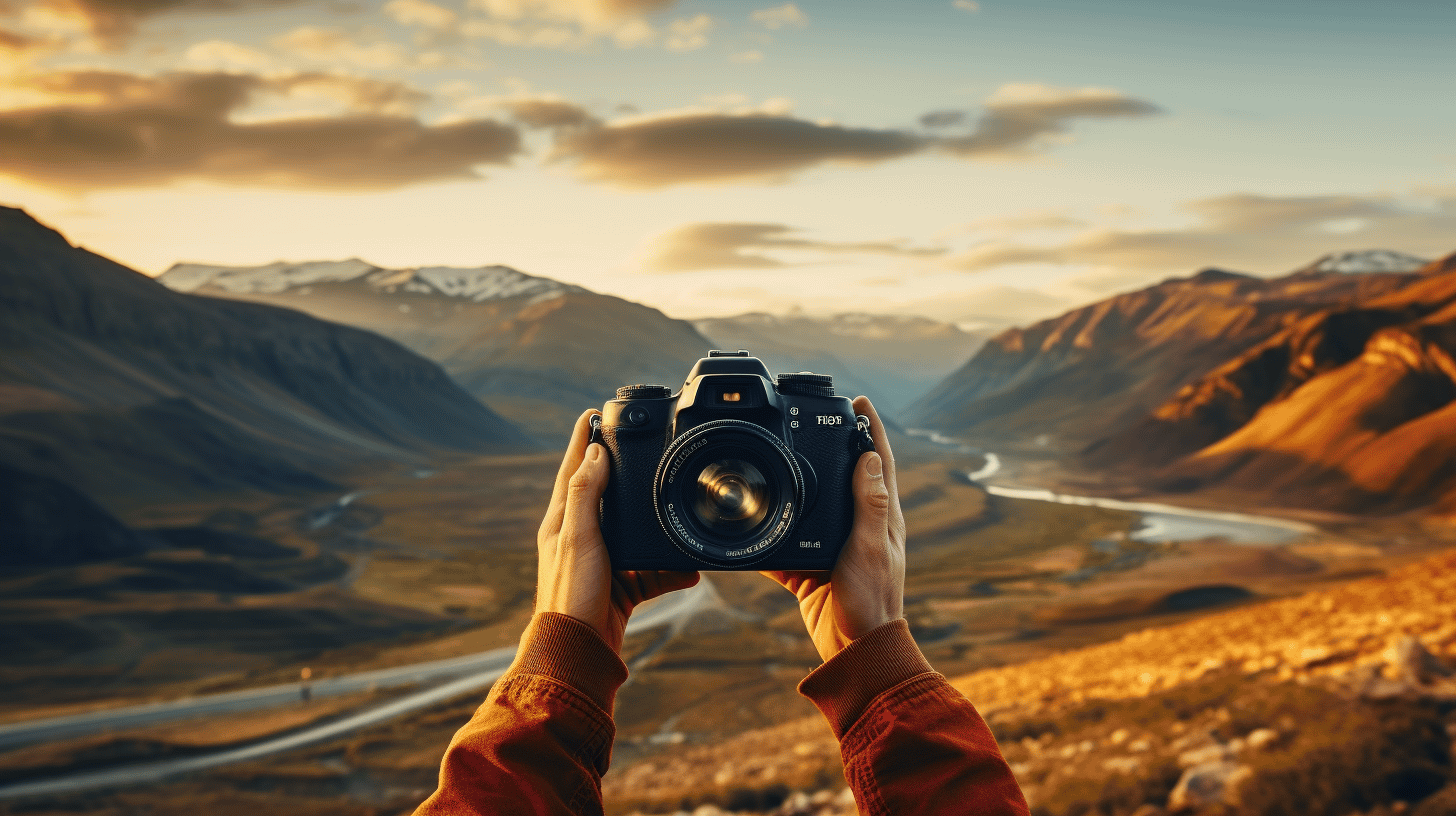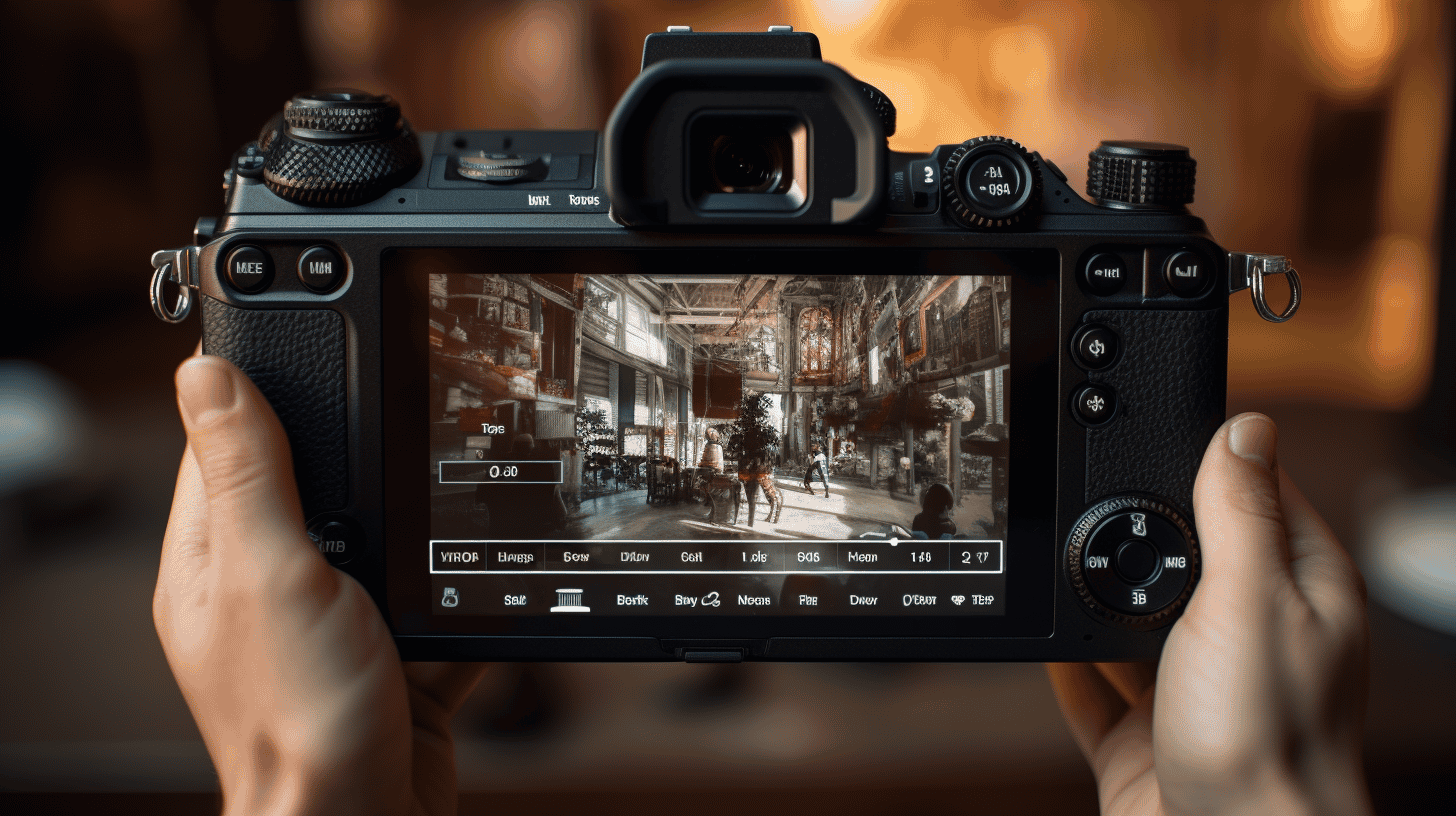AI photography is revolutionizing the way we capture and edit images. With advanced techniques and computational processing, AI-powered software helps photographers unlock their creative potential and produce stunning results that were once impossible to achieve. In this detailed article, we will discuss the secrets behind AI photography and how to harness this technology to elevate your own photographic work.
Table of Contents
- Introduction to AI Photography
- AI-Enabled Cameras and Features
- AI-Powered Editing Software
- Advanced Techniques Using AI
- Potential Pitfalls and Limitations
- The Future of AI Photography
- Conclusion
Introduction to AI Photography
AI (Artificial Intelligence) photography combines the power of machine learning and computational processing to create unparalleled results. By incorporating AI algorithms into cameras and editing software, photographers can access a wide range of advanced features, such as:
- Intelligent scene recognition: Automatically identify and adjust settings based on the scene being captured.
- Advanced autofocus: AI-enhanced autofocus allows for more accurate and faster focusing on subjects.
- Automatic exposure and white balance: AI algorithms evaluate the lighting situation in a scene, adjusting settings to ensure optimal exposure and color balance.
- High dynamic range processing: Enhance the details in shadows and highlights, resulting in more balanced and visually appealing images.
These features offer photographers increased control and improved outcomes, taking their work to new heights.
AI-Enabled Cameras and Features
Many camera manufacturers are developing AI-enabled cameras with advanced features like intelligent autofocus and scene recognition. Some popular AI-enabled cameras include:
| Camera Model | AI Features |
|---|---|
| Sony A7R IV | Real-time eye AF, animal eye AF, real-time tracking |
| Canon EOS R5 | Animal detection AF, subject recognition |
| Nikon Z7 II | Subject tracking, 3D autofocus |
| Fujifilm X-T4 | Face/eye detection AF, automatic HDR |
Apart from these advanced cameras, you can also find AI features in many smartphone cameras, making it easier for mobile photographers to capture professional-looking shots.
AI-Powered Editing Software
Editing software with AI capabilities can significantly enhance your post-processing workflow. By using these tools, you can save time and achieve better results. Some popular AI-powered editing software include:
- Adobe Photoshop: Photoshop’s AI tools like Content-Aware Fill and Select Subject make photo editing and retouching more intuitive and efficient.
- Adobe Lightroom: Enhance Details is a powerful AI-based feature that improves image quality and sharpness.
- Skylum Luminar AI: This software offers AI-powered tools like Structure AI and Accent AI, which automatically adjust images for optimal results.
- Topaz Labs AI Products: Topaz Labs offers a suite of AI-powered editing tools like Sharpen AI, DeNoise AI, and Gigapixel AI that improve image quality, enhance sharpness, and upscale images without sacrificing detail.
Using these software tools, photographers can take advantage of AI capabilities to create stunning images more efficiently.
Advanced Techniques Using AI
1. Improving Low-Light Photography
Low-light photography can be challenging due to the increased chance of noise, blur, and loss of detail. AI algorithms help digital camera sensors process low-light images with reduced noise.
For instance, using DeNoise AI from Topaz Labs, you can effectively remove noise while preserving the image details. This allows you to capture sharp and noise-free images, even in challenging low-light situations.
2. Enhancing Dynamic Range
While HDR photography extends the dynamic range of an image, it often requires multiple exposures and careful alignment. AI software like Aurora HDR or Adobe Lightroom’s Enhance Details feature can automatically merge and align multiple exposures, creating a visually appealing HDR image with minimal effort.
3. Optimizing Portrait Photography
AI-powered tools for portrait photography can smooth skin, enhance facial features, and intelligently remove unwanted distractions. For example, Luminar AI’s Portrait AI module allows you to adjust multiple aspects of a subject’s face, offering seamless control over settings like skin tone, sharpness, and blemish removal.
Potential Pitfalls and Limitations
While AI photography offers many advantages, it’s important to be aware of potential pitfalls and limitations, such as:
- Over-Editing: AI-powered software can produce amazing results, but it is still crucial to use moderation, as over-editing can make your photos look unnatural.
- Privacy Concerns: Using AI in photography raises potential privacy concerns, especially when it comes to facial recognition technologies.
- Loss of Creative Control: AI algorithms can make decisions for photographers, but some may argue that this detracts from the creative process and personal expression.
Being mindful of these potential issues will help you use AI photography tools effectively and responsibly.
The Future of AI Photography
AI photography is just getting started, and its potential to revolutionize the industry is immense. We can expect further enhancements to existing tools and the introduction of new technologies, such as:
- AI-powered photo curation: Software that can automatically select the best photos for an album or gallery based on factors like composition, exposure, and emotion.
- Advanced AI editing tools: Improvements to software that can understand the context and semantic meaning of photographs, leading to more accurate and efficient editing.
- Expanded AI camera features: New advancements in AI algorithms can enable cameras to better understand complex scenes, providing even more refined dynamic range, noise reduction, and autofocus capabilities.
The future of AI photography holds the promise of increased creative flexibility, unprecedented efficiency, and better image quality for both professional photographers and enthusiasts alike.
Conclusion
AI is reshaping the world of photography by offering innovative solutions and advanced techniques for capturing and editing images. By understanding and embracing these new technologies, photographers can unlock their creative potential, producing extraordinary images that stand out in today’s competitive landscape. Whether you are a seasoned professional, a budding enthusiast, or a smartphone photographer, it’s time to explore the world of AI photography and elevate your work to new heights.




0 Comments